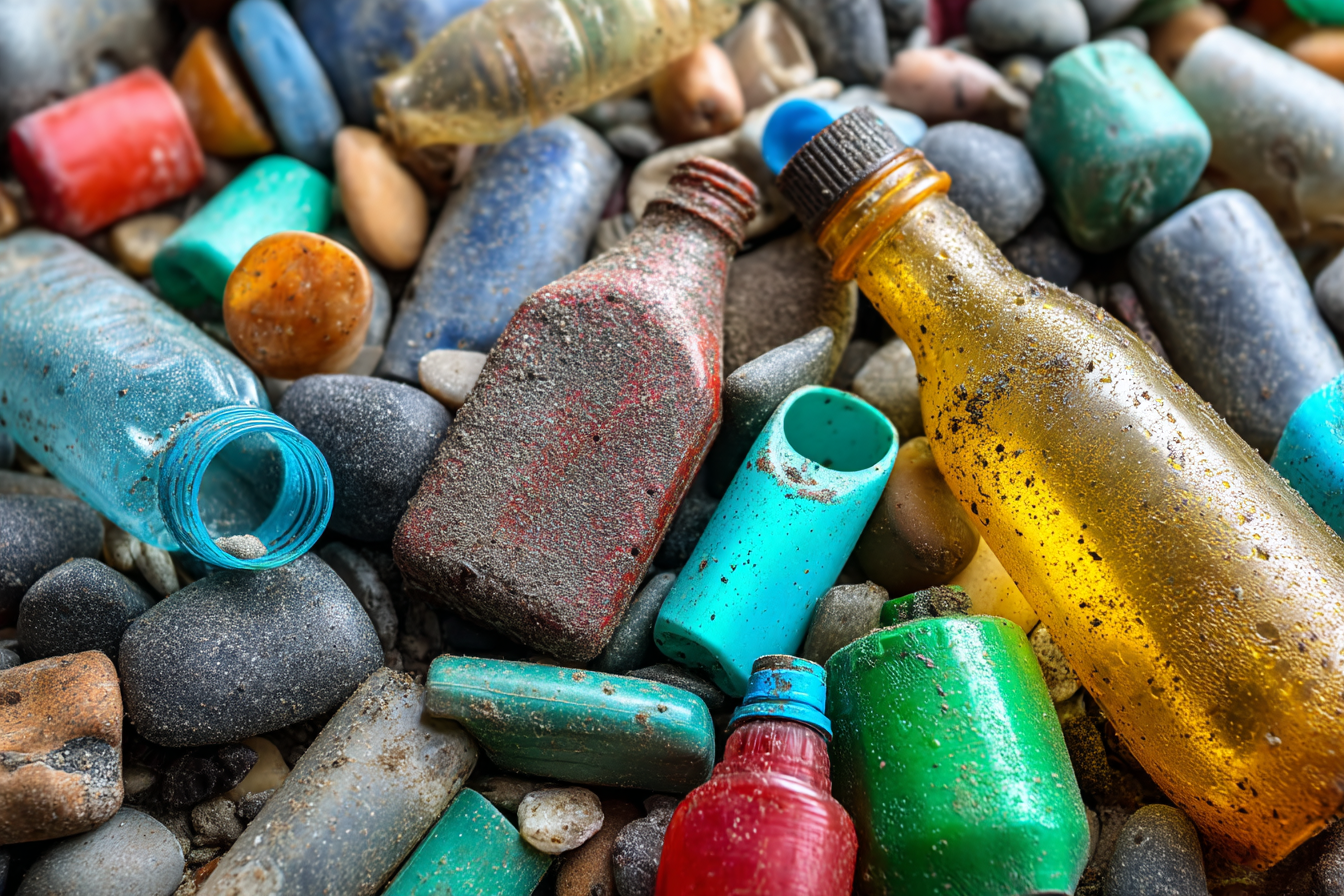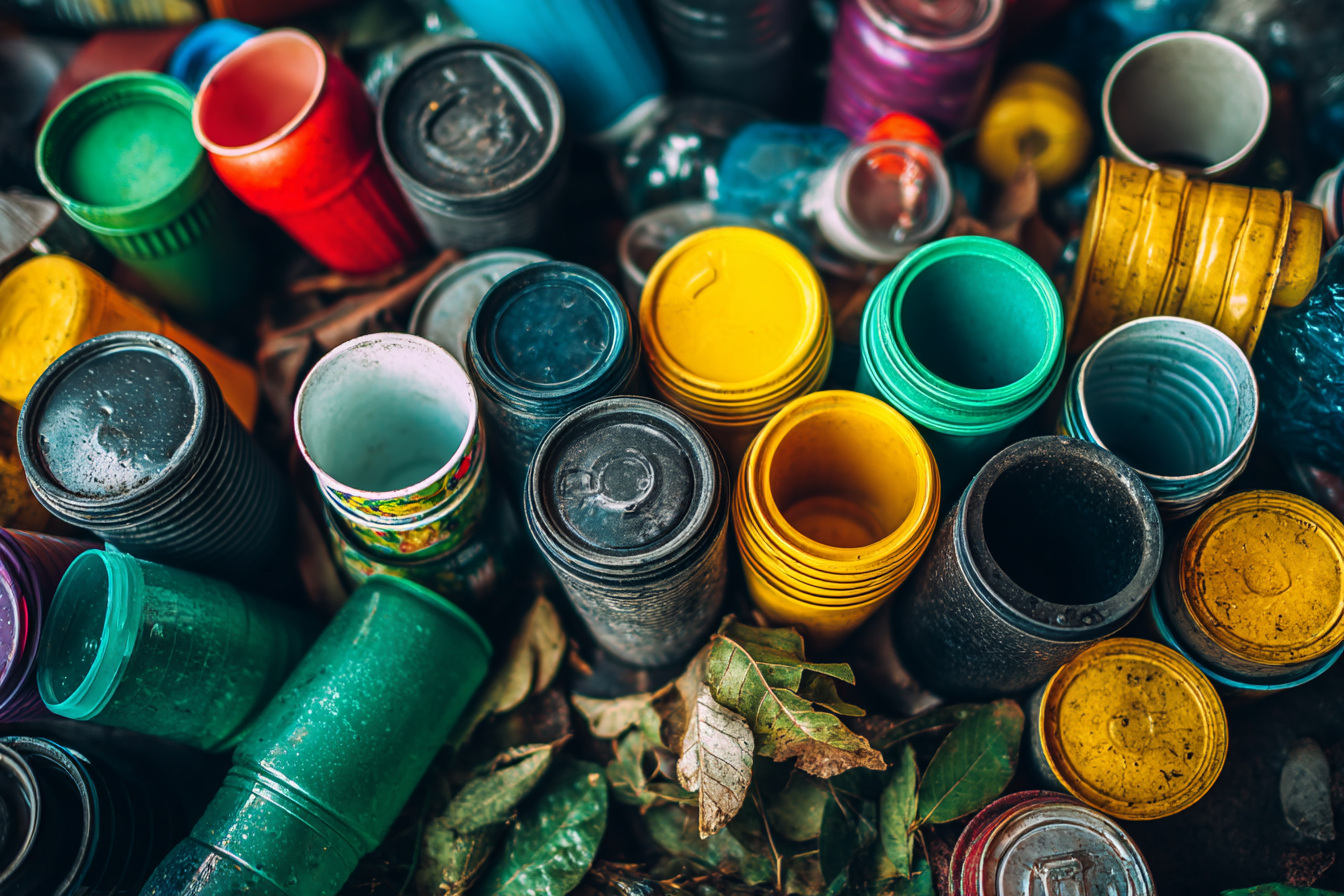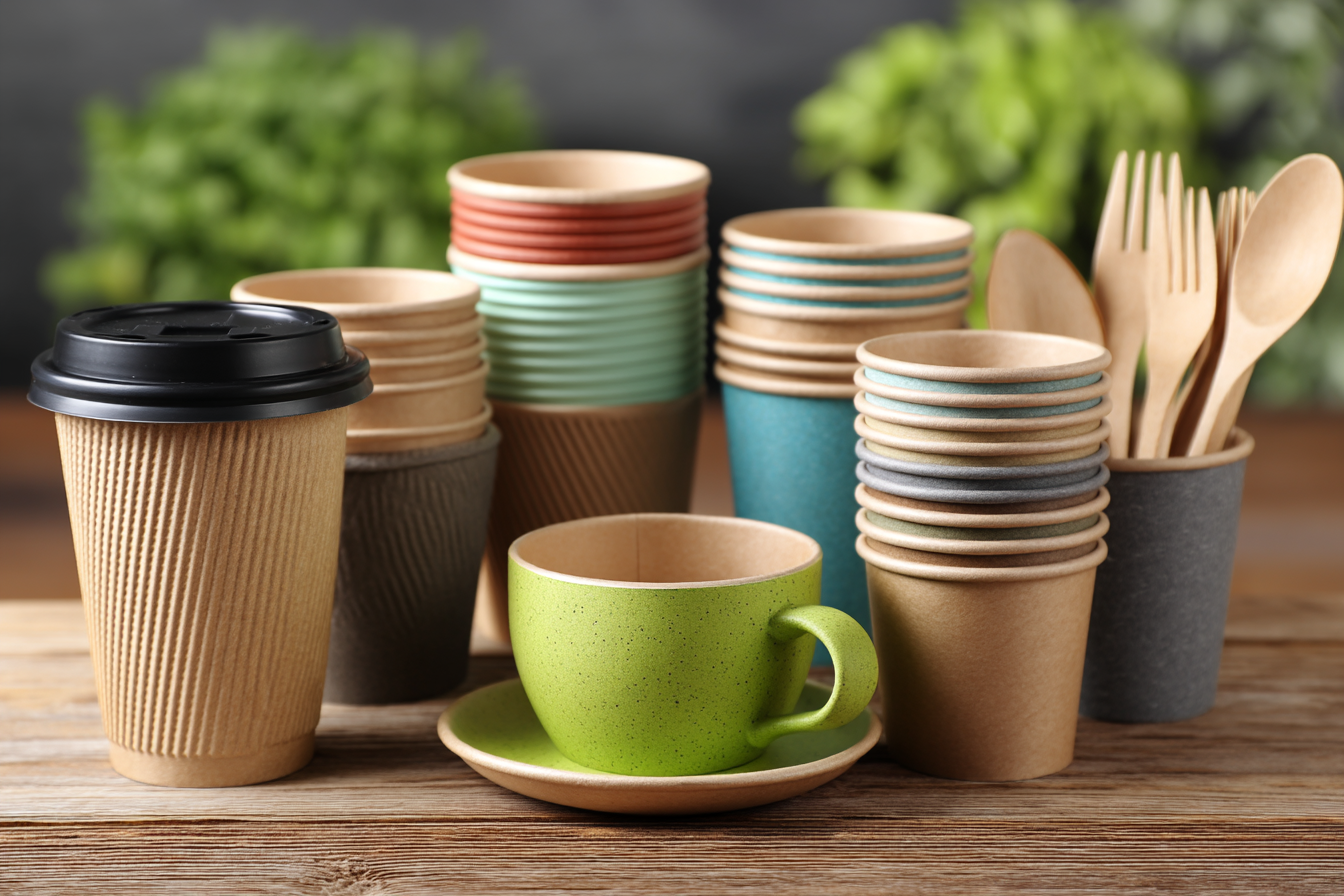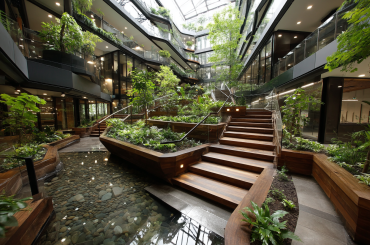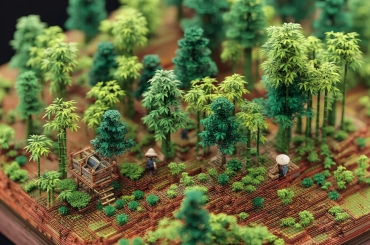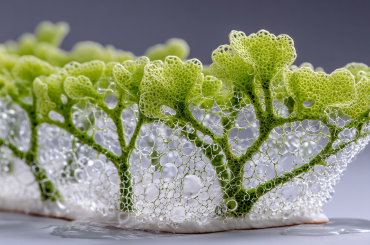I still remember the smug satisfaction I felt tossing my first “compostable” coffee cup into a garden waste bin. It was 2009, I was working on my first major sustainability project, and I felt like I was witnessing the future – a world where plastics peacefully returned to the earth instead of persisting for centuries in landfills and oceans. Fast forward three months, and I was digging through my own compost bin to investigate why these miraculous cups weren’t breaking down. There they were – intact, slightly discolored, but essentially unchanged despite sitting in what should have been ideal decomposition conditions.
That moment marked the beginning of my complicated relationship with so-called “biodegradable” plastics. What started as genuine excitement about potential solutions gradually transformed into a more nuanced understanding of these materials – their actual capabilities, legitimate applications, and the many ways they’re misrepresented in marketing and disposal systems. It’s a topic where reality and perception remain painfully misaligned, creating confusion that undermines both waste management systems and consumer confidence in environmental claims.
The terminology itself is the first major hurdle. “Biodegradable,” “compostable,” “degradable,” “oxo-degradable,” “bioplastic” – these terms are often used interchangeably in marketing but have dramatically different meanings with significant environmental implications. A truly biodegradable material will break down completely into water, carbon dioxide, and biomass through natural microbial action within a reasonable timeframe. A compostable material meets specific standards for biodegradation under composting conditions, including strict requirements for disintegration, non-toxicity, and timeframe. “Degradable” simply means the material will eventually break down somehow – which describes virtually everything given enough geological time, rendering the term nearly meaningless from an environmental perspective.
My coffee cup fiasco taught me that “compostable” claims often come with invisible asterisks. The fine print, which few consumers ever read, typically specifies “industrial composting conditions” – environments with carefully controlled temperature, moisture, and microbial activity that bear little resemblance to home compost bins or natural settings. Most products made from polylactic acid (PLA), the most common “compostable” plastic alternative, require these specific industrial conditions to properly decompose. In a home compost bin or, worse, the natural environment, they may persist for years, functioning essentially like conventional plastics.
This disconnect became painfully clear during a community cleanup I organized along Bristol’s harbor. Among the plastic bottles and food wrappers, we found numerous “compostable” containers fully intact after extended water exposure. One participant, holding up a barely degraded compostable fork stamped with a green leaf logo, asked the question that haunts this entire product category: “If it doesn’t actually compost in the real world, what’s the point?”
The scientific literature confirms these field observations. Studies examining PLA and other compostable plastics in marine environments find degradation rates not meaningfully faster than conventional plastics under real-world conditions. A 2019 study I reviewed for an environmental policy brief found that compostable bioplastics in seawater showed minimal degradation after 180 days, challenging the notion that these materials offer significant advantages if they end up as litter or marine debris.
Even the industrial composting systems these materials are designed for often struggle to process them effectively. During a research project on municipal waste management, I toured composting facilities across the UK and found widespread frustration among operators. “We’re supposed to process these compostable plastics, but they don’t break down within our standard cycle time,” one facility manager explained. “We either extend the processing time for the entire batch, which reduces our capacity and increases costs, or we screen them out and send them to landfill anyway.” Another described how visually indistinguishable compostable and conventional plastics made sorting nearly impossible, leading them to reject all plastic-like materials to avoid contamination risks.
This implementation gap extends to consumer behavior and waste collection systems. Even when compostable plastics could theoretically biodegrade in available facilities, collection infrastructure rarely accommodates them properly. Most UK councils don’t accept compostable packaging in food waste collections, forcing consumers to put supposedly compostable items in general waste headed for landfill or incineration – environments where even the most advanced compostable materials won’t properly biodegrade. The result is a sustainable-seeming product that ultimately follows the same disposal path as conventional plastics, surrendering most of its purported environmental benefits.
My friend Sam, who works in waste policy, calls this the “end-of-life mismatch” – eco-innovative materials being developed without corresponding innovations in collection and processing systems. “We’re designing advanced materials for recovery systems that don’t exist yet,” he noted during a particularly frustrated phone call about a new wave of compostable packaging hitting the market without corresponding disposal infrastructure. “It’s like selling electric cars without building charging stations.”
The carbon footprint of these materials further complicates their environmental profile. While marketing often emphasizes their biobased origins as inherently sustainable, lifecycle analyses tell a more complex story. Many compostable bioplastics require energy-intensive processing that can generate larger carbon footprints than conventional plastics, particularly when derived from intensively farmed crops. One comprehensive study found that some PLA production pathways created 25% more greenhouse gas emissions than conventional plastic production when agricultural impacts were fully accounted for. The often-repeated claim that bioplastics are “carbon neutral” because they’re made from plants overlooks the substantial emissions associated with modern industrial agriculture, processing, and transportation.
This isn’t to suggest that all alternative plastics are environmental frauds. Certain applications show genuine promise. For festival and event settings, where controlled collection and processing can be arranged, compostable serviceware can significantly reduce contamination in organic waste streams. Several music festivals I’ve consulted with have successfully implemented closed-loop systems where compostable serviceware and food waste are collected together and processed at compatible facilities, producing usable compost without separation challenges.
Similarly, agricultural applications like mulch films made from soil-biodegradable polymers offer meaningful benefits when designed for specific environments. These materials gradually biodegrade in soil conditions, eliminating the labor-intensive removal and disposal required for conventional plastic mulches. A farmer I interviewed about his experience with biodegradable mulches described them as “genuinely transformative” for certain applications, despite their higher initial cost.
The key distinction in successful applications seems to be closed systems with controlled conditions and appropriate processing infrastructure – essentially, contexts where the entire lifecycle from production through disposal has been thoughtfully designed rather than merely releasing new materials into existing waste streams.
The certification landscape adds another layer of complexity. Various standards exist for biodegradability and compostability, including the European EN 13432, the American ASTM D6400, and the international ISO 17088. These standards typically require 90% biodegradation within 180 days under industrial composting conditions, along with disintegration and non-toxicity requirements. Products meeting these standards can legitimately claim “compostability” within specified environments, but these certifications don’t guarantee performance in home composting or natural settings.
Home compostability represents a higher standard, with certification systems like TÜV Austria’s “OK Compost HOME” requiring biodegradation in lower-temperature, less managed conditions. Genuinely home-compostable materials are significantly rarer than their industrially compostable counterparts, though recent innovations show promising advancements. During my own testing of home-compostable packaging for a magazine article, only about 30% of products marketed with composting claims showed significant degradation after six months in a typical home compost system.
Novel materials continue emerging, some with enhanced biodegradation properties. Polyhydroxyalkanoates (PHAs), a family of polymers produced by microbial fermentation, show more robust biodegradation across varied environments, including marine conditions. While currently limited by higher production costs and performance challenges, they represent a potential pathway toward materials with broader environmental degradability. I’ve been tracking PHA development for several years and have seen encouraging progress in both performance and production scale, though significant hurdles remain before widespread adoption.
Amid this complexity, what’s a conscientious consumer to do? First, approach biodegradability claims with healthy skepticism. Marketing terms like “eco-friendly,” “plant-based,” or “green” provide essentially no reliable information about end-of-life performance. Look instead for specific certifications with verification codes that can be checked against certification databases.
Second, understand your local waste management infrastructure before making purchasing decisions based on biodegradability claims. A compostable product has minimal environmental benefit if it’s ultimately landfilled or incinerated. I learned this lesson the hard way after stockpiling compostable packaging for months, only to discover my local council explicitly rejected such materials in their organic waste collection.
Third, recognize that material substitution without system change has limited impact. The most environmentally sound approaches typically prioritize reduction and reuse over material switching. My own habits have evolved toward carrying reusable containers, bottles, and utensils rather than relying on supposedly sustainable disposables – an approach that eliminates waste regardless of collection system limitations.
For businesses and policymakers, addressing this challenge requires coordinated action. Material innovations must develop in tandem with collection and processing infrastructure. Extended producer responsibility systems that require manufacturers to ensure their packaging can be effectively managed in existing waste systems create powerful incentives for genuine rather than superficial sustainability improvements. Standardization of materials and clearer labeling would reduce consumer confusion and contamination in recycling and composting streams.
The greenwashing aspect of biodegradable claims demands particular attention. Marketing that emphasizes biodegradability without specifying conditions or timeframes actively misleads consumers and potentially increases environmental harm through inappropriate disposal. I’ve encountered numerous products advertising biodegradability in ways that implied complete breakdown in natural environments within reasonable timeframes, despite lacking evidence for such performance. These claims exploit consumer environmental concerns without delivering corresponding benefits.
My own approach to biodegradable plastics has evolved toward contextual evaluation rather than categorical acceptance or rejection. For certain applications with controlled disposal pathways, they represent genuine improvements over conventional materials. For consumer products entering general waste streams, the benefits often prove more theoretical than practical. I’ve found the most reliable question isn’t “Is this biodegradable?” but rather “Will this actually biodegrade in its likely disposal environment?”
The compostable plastics buried in my garden compost thirteen years ago taught me an invaluable lesson about the gap between technical possibilities and practical realities in sustainable materials. Some eventually did break down – after about two years rather than the weeks or months I’d naively expected. Others persisted so long that I eventually removed them, a humbling reminder that environmental claims require verification beyond appealing logos and marketing language.
Perhaps the most important insight I’ve gained through years of researching, testing, and writing about alternative plastics is that material science represents just one dimension of sustainability. Without corresponding systems for collection, processing, and recovery, even the most innovative materials fail to deliver their potential benefits. This recognition has shifted my advocacy focus from promoting specific alternative materials toward supporting comprehensive system changes that address the entire lifecycle of packaging and products.
The biodegradable plastics field continues advancing through both material innovation and systems thinking. Some municipalities are developing specialized collection systems specifically for compostable packaging. Manufacturers are creating clearer identification systems to distinguish compostable from conventional plastics. Research continues on materials with broader degradability across different environments. These developments offer reason for cautious optimism, though significant challenges remain.
For now, critical thinking serves consumers better than blind faith in biodegradability claims. Understanding what happens to materials after disposal, how local waste systems actually function, and the specific conditions required for biodegradation provides a foundation for meaningful rather than symbolic environmental choices. The coffee cup that launched my investigation into biodegradable plastics over a decade ago sits on my desk as a reminder that environmental solutions require more than good intentions and promising materials – they demand systems designed for actual rather than theoretical performance in the messy complexity of the real world.
